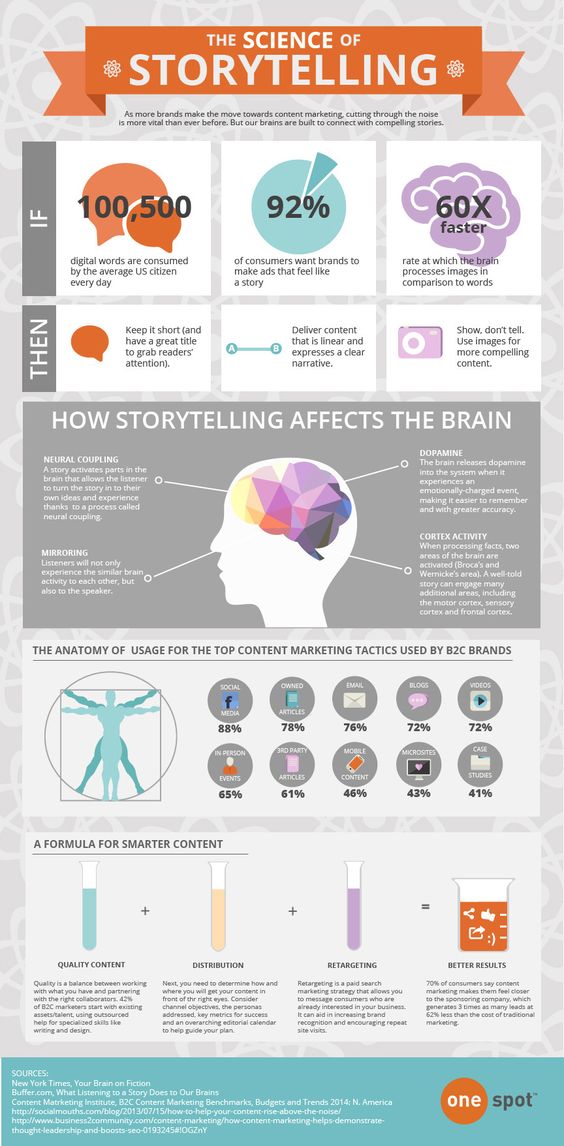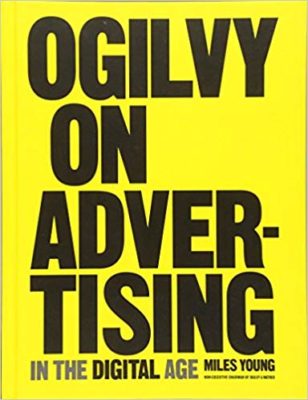Do you know major brands like Lego, Coca Cola and Google have become industry icons? Their penchant for storytelling is their key to soaring popularity. Every brand enters the market with its own story, which is far beyond what’s written on a website, the text in a brochure, information printed or the presentation used to pitch. The story is more than content and a narrative; it is the heart and soul of business, which promotes human-to-human connections.
Brand storytelling isn’t a new concept. It is the most effective way to connect with your customers and appeal to the emotions of your prospects. According to internet marketing expert Neil Patel, these are the key components of brand storytelling:
1) The reason your company came to be.
2) What motivates you and your team to come to work each day.
3) Giving your audience an inside look at your company.
To cope up with the explosive growth of social media and content marketing, it has become a strategic priority for brands to tell their stories as effective pieces of online content to their audiences through advertising, in-person brand experiences, and so on. As part of direct and indirect brand marketing initiatives, the compelling brand stories help in increasing emotional involvement with customers.
R.I.P Meaningless Brand Stories
Over 75 percent of brands that exist in the global marketplace are so meaningless to their targeted customers. And that should terrify all of us. It is important to understand that customers want brands ‘that act, that help, that do’ — conveying a very clear message that brands should start acting in a meaningful way and stop making empty (fake) promises. Brands cannot afford to abstain from real interaction and have to adapt a shift in thinking and behavior that hasn’t happened it.
Behavior Branding is the need of the hour. It demands that brands discontinue asserting beliefs and embark on demonstrating value. Behavior Branding isn’t a new concept, but with the explosive growth, it has become a strategic priority for in-person brand experiences. It simply asks to “DO THINGS…TELL PEOPLE” to create meaningful experiences and express the point of view in a right manner, uplifting the customer engagement by creating a value.
Making a brand matter once again is possible by simply using actions as the foundation of content creation and sharing. Let’s get into a bit more depth. The compelling content and organic sharing of that relevant content is an epoch-making step and this makes behavior branding an engine. In a world of infinite competitors, it gives an edge to your brand in a more authentic way and let you prove the brand’s worth.
The Science of Brand Storytelling and Behavior Branding
The below infographic reveals the Science of Brand Storytelling and Behavior Branding that every content strategist should be familiar with. This quick reference guide provides all the major highlights.

A mix of brand storytelling fundamentals and content writing basics
To intrigue, engage, and connect emotionally with consumers, the best brand storytellers and content marketers around the world are following these five secrets of Storytelling for brand marketing success. Let’s have a look:
Honesty and transparency are important
Speak truthfully because the brand stories you’re crafting need to be rooted in the reality of a brand, it’s products, and the industry. Your story must adhere to these three primary steps: consistency, persistence, and restraint. Confusion is the number one killer; so try to be as creative as possible but don’t stray too far from an original brand promise.
Infuse brand persona
Always remember that brand stories are entirely different from the marketing materials. Don’t use them as the sales pitches. Infuse the stories with the brand persona and the writer’s personality at center stage; make the stories captivating and meaningful because boring stories won’t retain readers.
Follow a structure
Your brand story must follow a structure having a beginning, a middle, and an end. Open the content with a strong idea and establish your story setting and the characters. The middle must cover main character’s problem and present conflicts and resolution in the end.
Focusing on perpetual marketing
Leave your audience wanting more by leveraging perpetual marketing tactics that bring you that one perfect opportunity to infuse offline and mobile marketing together in your brand storytelling initiative. Try releasing teasers via Facebook, email, or Pinterest. Leave no stone unturned to surround your consumers with brand experiences (including stories) and let them stick around, tell other people about it, and come back again and again.
Just stop becoming another “me too” brand that isn’t able to differentiate itself from the crowd in your industry. Start telling better stories because people always remember a good story.
For more Trending Now stories on Content Strategy, Content Marketing, Brand Strategy, SEO, SMO, Internet Marketing, Brand Storytelling Tips, Internet Trends, Growth Hacking, Business Growth, and Content Writing Strategies, Don’t miss to follow Content Matters on Insight Glimpse.
